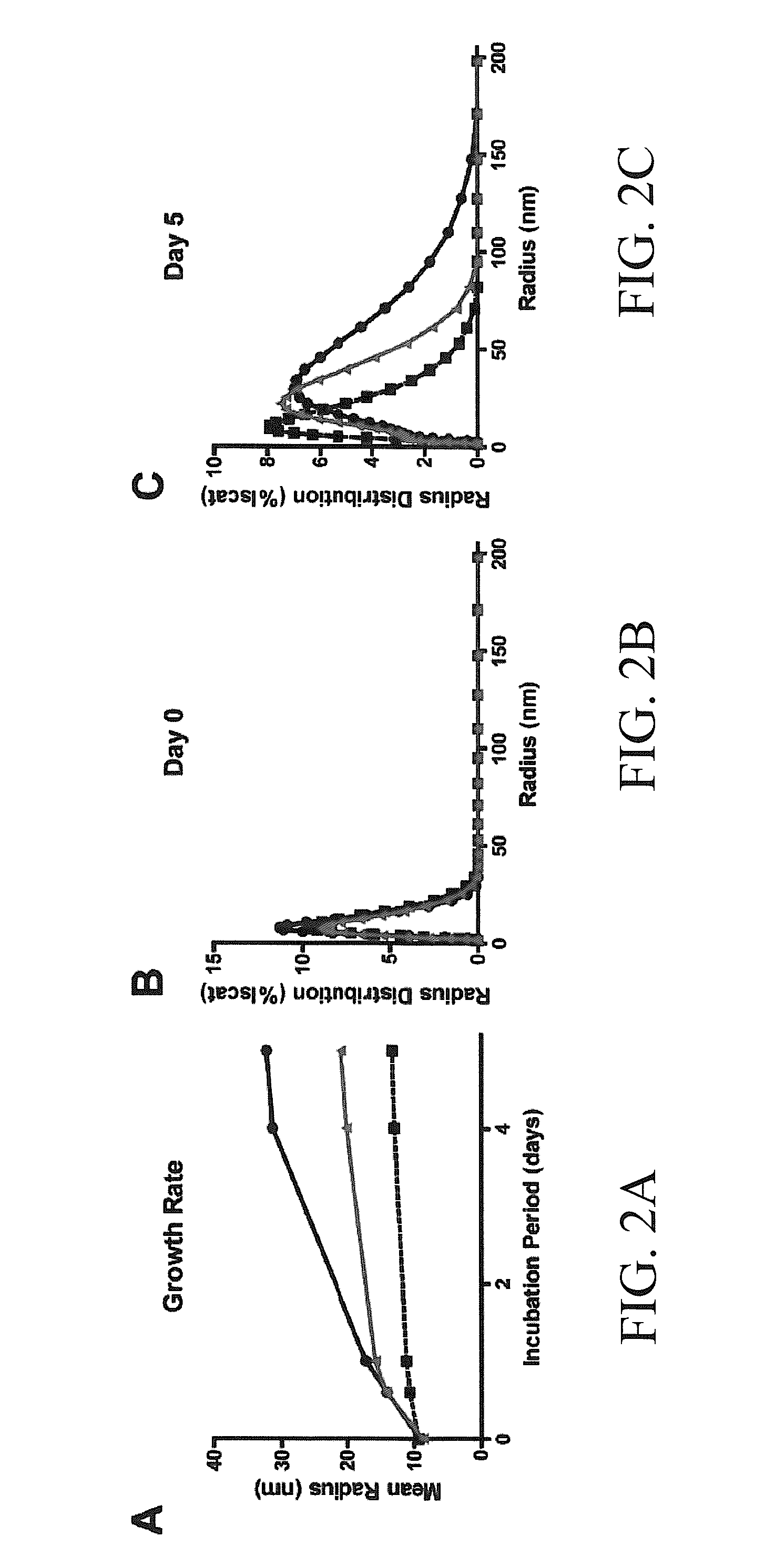Materials and methods for treating neurodegenerative diseases
a neurodegenerative disease and material technology, applied in the field of neurodegenerative diseases materials and methods, can solve the problems of slow validation of abnormal clients' findings in mammalian systems, difficult measurement of their activity, and prone to aggregation
- Summary
- Abstract
- Description
- Claims
- Application Information
AI Technical Summary
Benefits of technology
Problems solved by technology
Method used
Image
Examples
example 1
Wild-Type and Mock-Phosphorylated Hsp27 Bind to and Abrogate the Aggregation of Tau
[0082]We generated two recombinant variants of Hsp27: wild-type Hsp27 (wtHsp27) and a mutant form of Hsp27 where serines 15, 78, and 82 are substituted by aspartates (3×S / D Hsp27). We analyzed the oligomerization properties of these Hsp27 variants with 20%-50% sucrose cushioning. Sucrose fractions were collected after ultracentrifugation and Hsp27 was detected by western blot (FIG. 1A). Wild-type Hsp27 was predominantly found in the 50% fraction, whereas 3×S / D Hsp27 was distributed throughout all sucrose fractions. This confirmed that phosphorylation of Hsp27 abrogates multimer formation, whereas wild-type Hsp27 is more prone to oligomerization (Lelj-Garolla and Mauk). Both Hsp27 variants were able to bind tau, as demonstrated by co-immunoprecipitation (FIG. 1B).
[0083]We then tested whether tau aggregation could be altered by both Hsp27 variants using atomic force microscopy (AFM) and dynamic light sc...
example 2
Convection Enhanced Delivery of AAV9 Facilitates Robust Distribution of Gene Product in the Hippocampus
[0084]Since both Hsp27 variants were capable of modifying tau biology in vitro, we sought to determine their impact in the brain. We implemented an adeno-associated viral (AAV) expression system with the goal of delivering both Hsp27 variants to the rTg4510 transgenic mouse model of tauopathy (Santacruz et al. 2005). To test distribution and efficacy of this approach, AAV1 and AAV9 particles expressing wtHsp27 and 3×S / D Hsp27 were generated and delivered to the brain using two different approaches based on previous studies: AAV1 was somatically delivered into the ventricular space of non-transgenic P0 pups as previously described (Levites et al. 2006); AAV9 was delivered into the CA1 region of the hippocampi and frontal cortices of adult, non-transgenic mice using convection enhanced delivery (CED) combined with intraperitoneal injections of mannitol prior to surgery (Fu et al. 200...
example 3
Tau Clearance by Hsp27 is Dependent on Phosphorylation Dynamics
[0085]We used the rTg4510 transgenic mouse model to test the effects of both Hsp27 variants on tau pathology in neurons by bilaterally injecting their hippocampi with AAV9-expressing wtHsp27, 3×S / D Hsp27, or GFP (FIGS. 3A-3B). Since these mice begin to develop tangle pathology as early as 3 months of age (Dickey et al. 2009), and we already demonstrated that all neurons were not transduced by AAV, we initiated these studies in 4 month-old mice and harvested tissues two months later to ensure that most hippocampal neurons would have tau accumulation (Dickey et al. 2009). This design allowed us to assess the tau burden in neurons that were successfully transduced with viral particles encoding each Hsp27 variant or GFP by triple labeling tissue sections with antibodies specific for NeuN (blue), Hsp27 (green), and tau (red; FIGS. 4A-4B). Interestingly, we found very few wtHsp27-expressing neurons that also contained tau aggr...
PUM
| Property | Measurement | Unit |
|---|---|---|
| time | aaaaa | aaaaa |
| permeability | aaaaa | aaaaa |
| composition | aaaaa | aaaaa |
Abstract
Description
Claims
Application Information
 Login to View More
Login to View More - R&D
- Intellectual Property
- Life Sciences
- Materials
- Tech Scout
- Unparalleled Data Quality
- Higher Quality Content
- 60% Fewer Hallucinations
Browse by: Latest US Patents, China's latest patents, Technical Efficacy Thesaurus, Application Domain, Technology Topic, Popular Technical Reports.
© 2025 PatSnap. All rights reserved.Legal|Privacy policy|Modern Slavery Act Transparency Statement|Sitemap|About US| Contact US: help@patsnap.com



